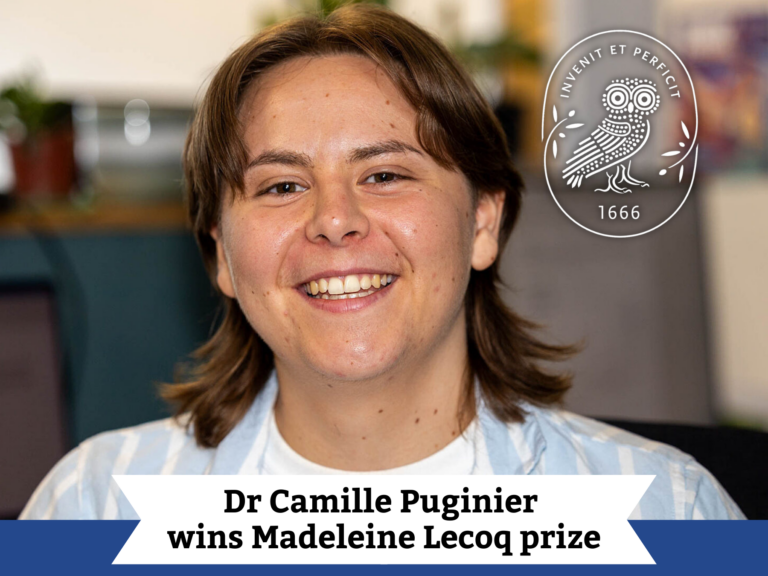A novel battleground for plant-pathogen interactions
Scientists at The Sainsbury Laboratory in Norwich, with collaborators at Michigan State University and the University of Illinois, have unveiled a new way in which plants perceive pathogens to activate immunity.
They also show how pathogens inhibit the mechanism to cause disease. It was previously only associated with other processes in mammalian cells.
When plants detect microbial molecules, they trigger immune responses to prevent disease. Although several plant immune receptors for these microbial molecules are known, how they are activated once the microbe is recognised is not well understood.
In a study published this week in the journal Science, the scientists found that phosphorylation of an amino acid called tyrosine – phosphorylation being a process that can turn molecules on or off - is key for activating plant immune receptors. This mechanism is already known to play an essential role in the activation of mammalian receptors, and its mis-regulation is often linked to important chronic diseases.
The current study shows for the first time that the modification occurs in plant immune receptors as well.
“This finding opens the door to improving crop disease resistance as we can investigate ways to optimise how plants recognise pathogenic microbes,” says Professor Cyril Zipfel.
“It also provides a new link between our understanding of cellular signalling in plant and animal cells.”
In the same study, the researchers discovered that pathogenic bacteria use an enzyme secreted within plant cells to derail the plant’s immune response. They use an enzyme to remove tyrosine phosphorylation from immune receptors, quelling the plant’s signalling mechanisms. Inhibiting the immune response allows bacteria to cause disease.
“Our research highlights a battle between hosts and pathogens to take control of an important mechanism,” said first author Dr Alberto Macho from The Sainsbury Laboratory.
“Control over this mechanism to activate immune receptors determines whether a plant stays healthy or suffers from disease,” he says.
http://www.sciencemag.org/content/early/2014/03/12/science.1248849
Funding:
This research was funded by the Gatsby Charitable Foundation, the European Research Council , Biotechnology and Biological Sciences Research Council, grants from U.S. Department of Energy, the U.S. National Institutes of Health, the Gordon and Betty Moore Foundation and grants from the National Science Foundation and USDA-ARS. Dr Alberto Macho was supported by a postdoctoral fellowship from the Federation of European Biochemical Societies.


